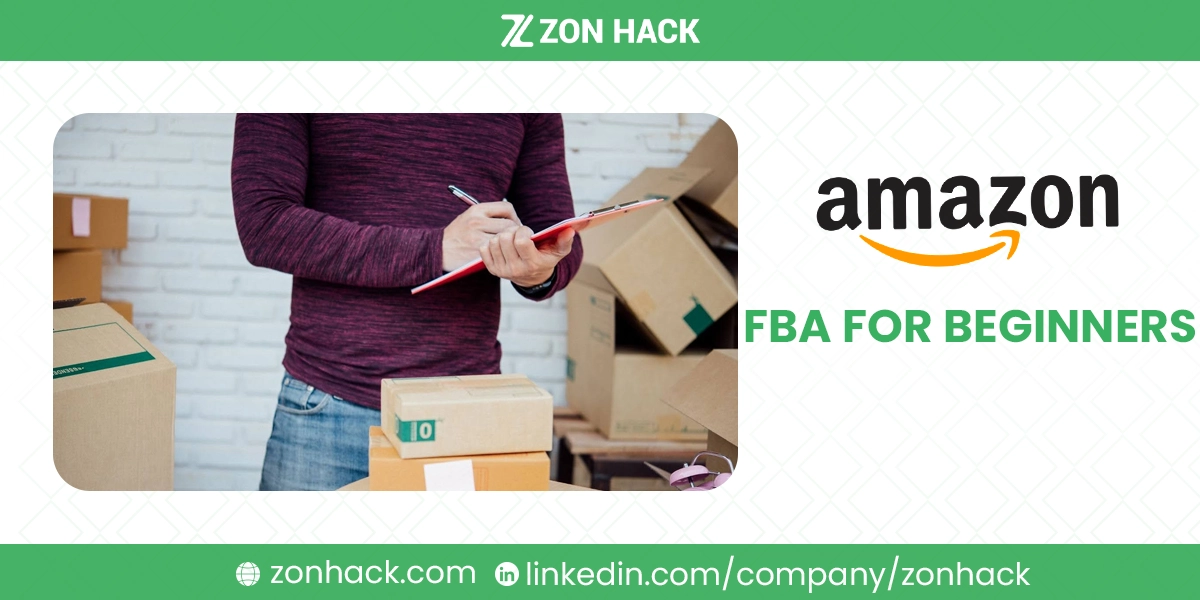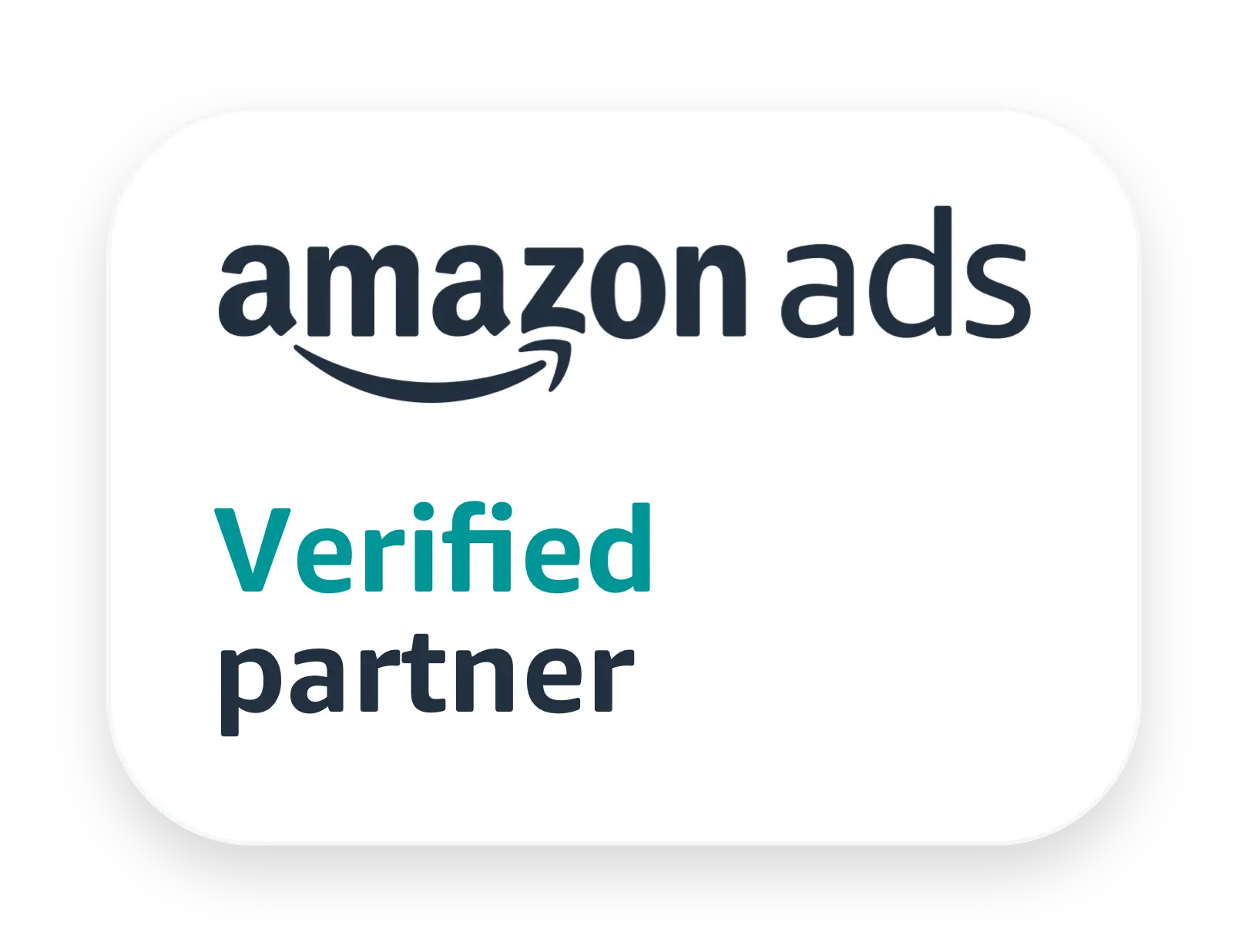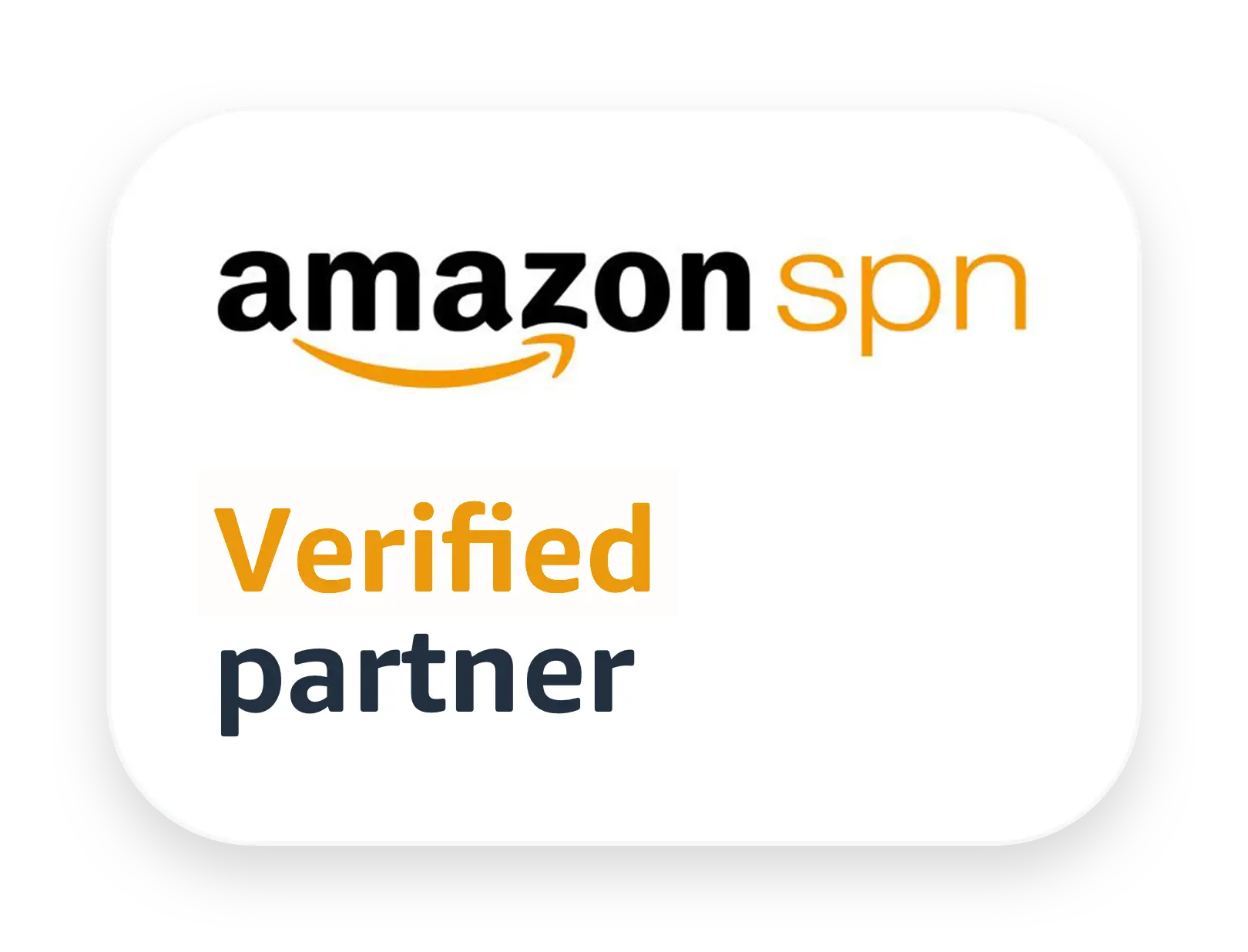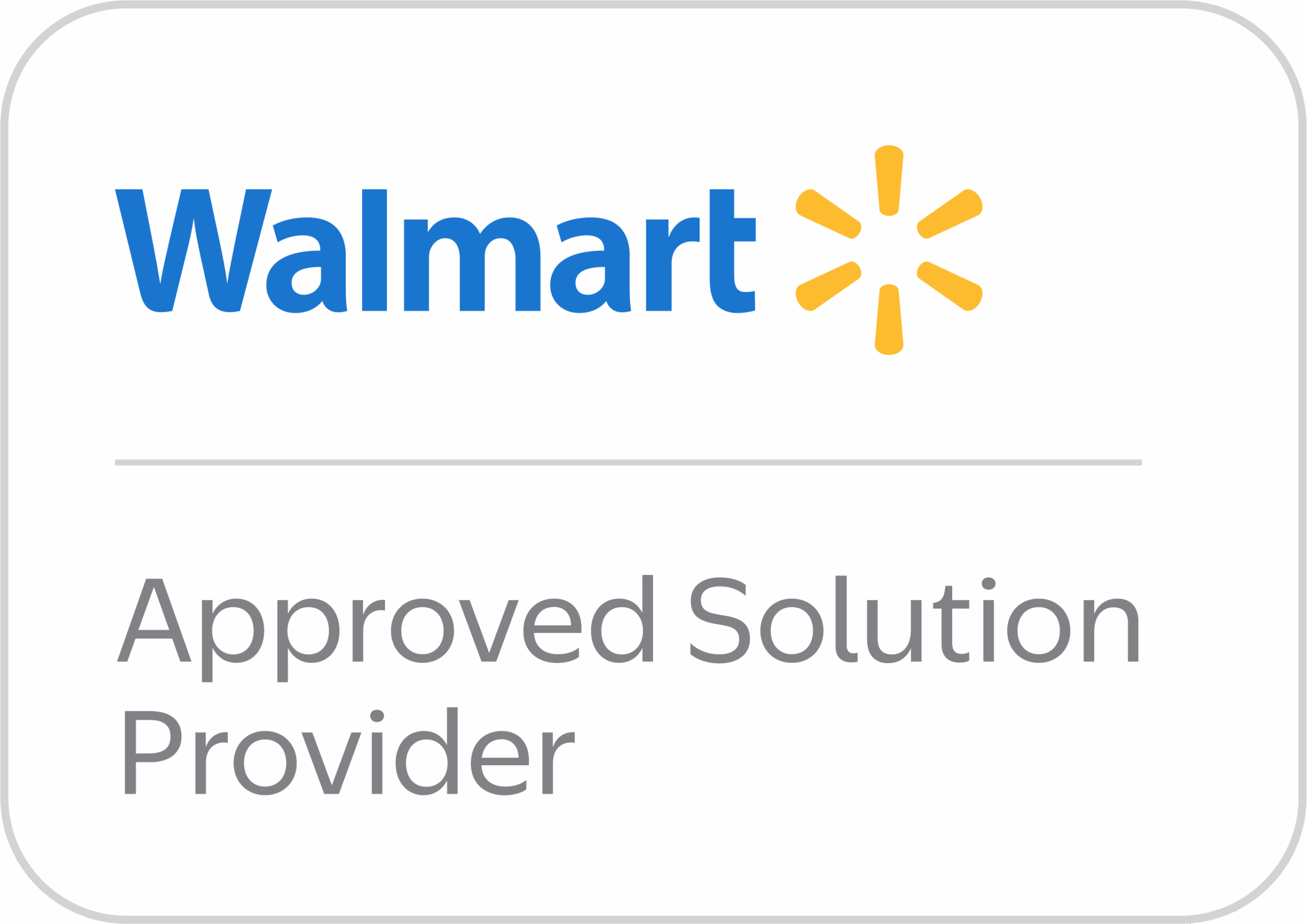I know you’ve heard the buzz. Amazon FBA. It sounds like a secret society of successful online sellers, doesn’t it? Well, Fulfillment by Amazon (FBA) is a real game-changer for anyone looking to jump into the e-commerce world without getting bogged down in the annoying stuff like packaging boxes and standing in line at the post office. It’s truly a service that lets sellers like us use Amazon’s massive and efficient fulfillment network. We send our products to one of Amazon’s huge fulfillment centers, and from that point on, they become our personal, high-tech logistics crew. They handle the storage, the packaging, the shipping, the customer service, and even the returns for those orders. It’s a sweet deal!
What is Amazon FBA?
Amazon FBA, or Fulfillment by Amazon, is a service that takes the heavy lifting of storage, packaging, and shipping off your plate and hands it over to Amazon. Instead of building your own warehouse or scrambling to manage orders, you simply send your products to Amazon’s fulfillment centers. From there, Amazon’s massive logistics machine kicks into gear—your items are stored safely, packed neatly, and shipped lightning-fast whenever someone clicks “Buy Now.”
For beginners, this is a total game-changer. You don’t need to hire staff, rent expensive storage units, or spend late nights bubble-wrapping products. Everything is streamlined through Amazon’s system. On top of that, Amazon also handles customer service and returns, which means fewer headaches for you and a smoother experience for your buyers. That’s why so many new entrepreneurs and even established brands use FBA as their gateway into online selling.
Why Choose Amazon FBA?
There are countless reasons why FBA is one of the most trusted and popular e-commerce models. Let’s break down the key advantages:
1. Prime Advantage
One of the biggest perks of FBA is access to Amazon Prime. Your products automatically become eligible for Prime’s free two-day (or even same-day) shipping, which customers love. This badge alone can skyrocket your sales since buyers trust and prefer Prime listings.
2. Time Savings
Running an online business can get messy—returns, complaints, and packing orders can eat up your day. With FBA, Amazon takes care of all of that. You get more time to focus on high-value tasks like sourcing better products or building your brand.
3. Scalability
If your business suddenly takes off (and fingers crossed, it will!), you don’t have to stress about moving into a bigger warehouse or hiring an army of packers. Amazon’s infrastructure scales with you, whether you’re selling 100 units a month or 100,000.
4. Global Reach
Amazon has marketplaces in multiple countries, which means your products aren’t just limited to local buyers. You can tap into a global audience without needing separate logistics setups in different countries.
Step-by-Step Guide to Starting Amazon FBA
So, you’re ready to get in? Excellent! Getting an Amazon FBA business off the ground might seem intimidating, but I promise it’s a straightforward process when you break it down. I’ll take you through the essential steps, just like I did when I started.
1. Create an Amazon Seller Account
This is your official ticket to the Amazon marketplace.
First, you need to head over to Amazon Seller Central. This is the main hub for all Amazon sellers. You’ll need to sign up for an account. Amazon gives you a choice between two plans, which is nice. There’s the Individual plan, which charges you $0.99 for every item you sell. Then there is the Professional plan, which has a flat monthly fee of $39.99, but you don’t pay that per-item fee. I highly recommend the Professional plan if you plan to sell more than 40 units per month. It just makes financial sense.
To complete your registration, you’ll need a few things handy. Get your business information ready. They’ll also ask for your bank details so they know where to send your money. Don’t forget a government ID for verification and a credit card for the fees. Make sure all your details are accurate; Amazon is very strict about this.
2. Product Research and Selection
Honestly, this is the most critical and time-consuming step you will take. A great product can make a decent seller a huge success.
You need to become a detective and find a product that people genuinely want to buy. Many expert sellers use product research tools to help them find the right products. Tools like Jungle Scout or Helium 10 are very popular for good reasons. They help you identify products based on key criteria. You are looking for a few specific signs. First, you want High Demand. Look for items with consistent search volume and steady sales numbers. People are already buying this item. Second, you want Low to Moderate Competition. If there are a million sellers for the same exact thing, it will be hard to stand out. You need enough room for a new seller—you—to enter the market and succeed.
Third, and very important, look for High Profitability. You must have enough margin left over after accounting for all of Amazon’s fees and the cost of your product. If the profit is too small, it’s not worth the effort. Lastly, consider Small Size and Weight. Lighter, smaller items generally have much lower fulfillment and shipping costs, which will save you a lot of money in the long run. Keep it simple and light when you’re starting.
3. Sourcing Your Product
Once you know what you want to sell, you need to figure out where to get it. There are a few different ways to approach this.
The most common and often most profitable FBA strategy is Private Label. This is when you sell your own branded product. You find a manufacturer, usually through a platform like Alibaba, and they put your unique brand and packaging on the item. This gives you maximum control. Another route is Wholesale. This means buying established, branded products in bulk from official distributors and then reselling them on Amazon. You don’t create the brand; you just sell it. Then there’s Arbitrage, which can be Retail Arbitrage or Online Arbitrage. This is simply buying discounted products from retail stores (like clearance sales) or online to resell on Amazon for a higher price. It’s a lower-barrier entry but can be harder to scale.
No matter your choice, you must vet your suppliers carefully. Get samples of the product before committing to a large order. Talk to them about their pricing and their minimum order quantities (MOQs). You want a reliable partner who delivers quality products consistently.
4. Prepare and Ship to Amazon
You’ve got your product. Now, let’s get it to Amazon’s warehouse. This step is all about following the rules.
Amazon has very strict packaging and labeling guidelines. You need to make sure your products are prepared exactly how they specify. This usually involves applying an FNSKU barcode to each unit. This unique barcode helps Amazon track your specific inventory. Seriously, read the guidelines carefully. Errors here can lead to delays or even rejection of your inventory. Next, you will create a Shipping Plan in your Seller Central account. You tell Amazon how many units you are sending, and they will tell you exactly which fulfillment center(s) to send your inventory to. Amazon uses complex logic to decide this, so just follow their instructions. Finally, you ship your inventory to the designated Amazon warehouse(s). You can choose your carrier, but using Amazon’s partnered carriers often saves money.
5. Create and Optimize Your Product Listing
Your product is on its way, or maybe it has even arrived! Now, you need to make sure your online storefront is ready to dazzle potential buyers.
You will create a compelling, keyword-rich product detail page in Seller Central. This is the page where customers will see your item. It needs to be perfect. Start with the Title. It should be clear, concise, and optimized with the most important keywords. Next, write powerful Bullet Points. Use these to highlight the product’s key features and, most importantly, the benefits for the customer. What problem does it solve? The Description gives you a little more space for detailed information and to share your brand’s story. High-Quality Images are non-negotiable. Aim for at least 6-7 images, including crisp, professional product shots and great lifestyle shots showing the product in use. If you are a Brand Registered seller, you can also use A+ Content. This allows you to use enhanced visuals and text to really tell your brand’s story and make the listing pop.
6. Launch and Marketing
The product is live! Don’t just sit back and wait for sales. You need to give it a little push.
When your product is first listed, you need to drive traffic and initial sales to gain visibility in Amazon’s search results. Amazon uses a ranking algorithm, and sales velocity is a huge factor. The best way to get this initial velocity is to run Amazon PPC Ads (Sponsored Products). These are paid ads that will ensure your product appears high in the search results, right in front of people who are already looking for what you sell. You also need to implement strategies to secure your first product reviews. Reviews are absolutely essential for building trust with new customers. People trust other buyers more than they trust you. The more positive reviews you get, the higher your sales velocity will climb. It all works together!
Conclusion
Amazon FBA can be one of the best ways to start an online business, especially if you want freedom from logistics. With the right product, optimized listings, and smart marketing, you can build a profitable brand that scales over time.The journey won’t always be smooth, but every challenge teaches you something valuable. Stay patient, keep learning, and take consistent action. Remember, even the biggest Amazon sellers started with one product and one step at a time.




